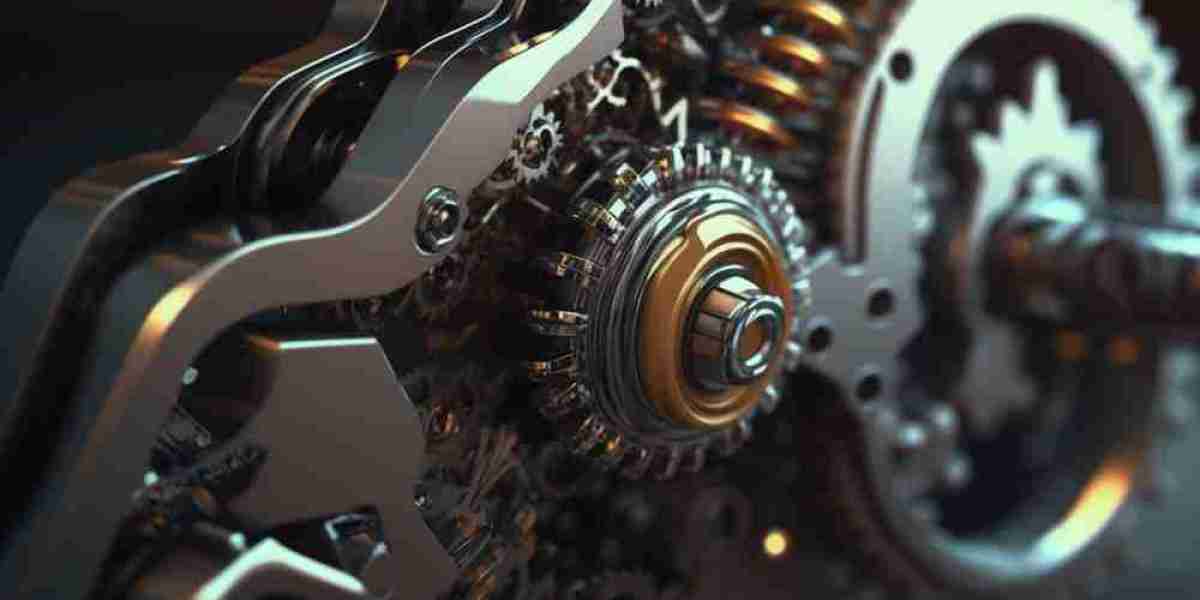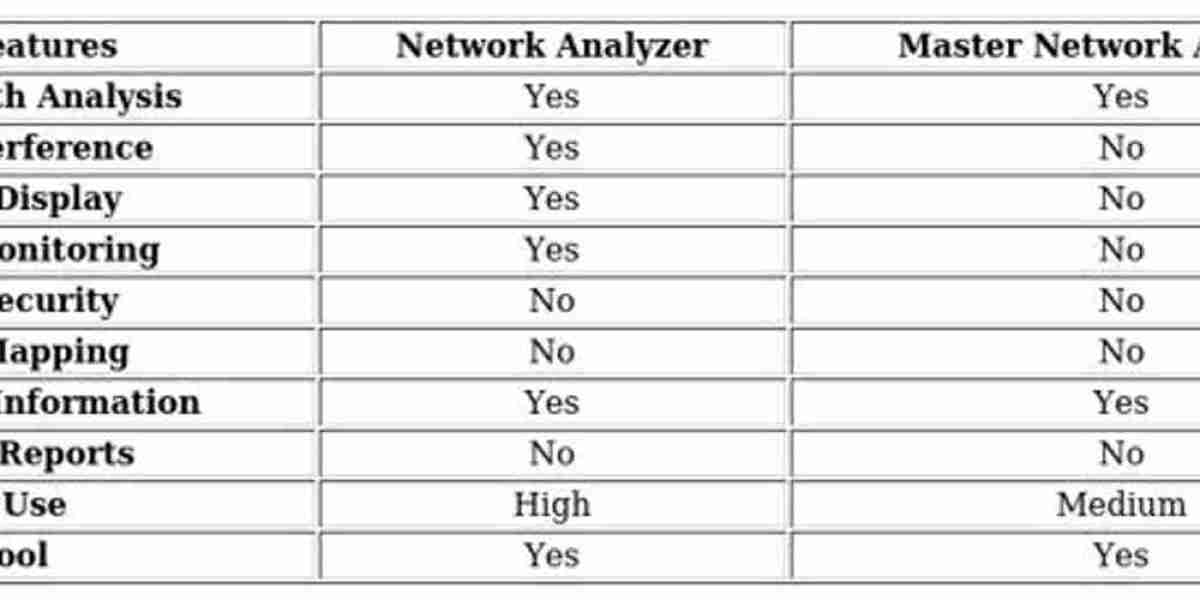Marine engines are the heart of any sea-going vessel, from small fishing boats to massive cargo ships. These engines are designed to withstand harsh marine environments and provide reliable propulsion for extended periods. Understanding the key parts of a marine engine is essential not only for engineers and technicians but also for operators and enthusiasts who want to ensure optimal performance and longevity of their vessels.
In this blog, we’ll explore the essential marine engine parts, their functions, and tips for maintenance.
1. Cylinder Block
The cylinder block is the core structure of the engine that houses the cylinders where fuel combustion occurs. It's typically made from cast iron or aluminum alloy for strength and heat resistance. In marine engines, the cylinder block must resist corrosion caused by saltwater exposure.
Key function: Contains and supports all other internal components like pistons and crankshaft.
2. Cylinder Head
Mounted on top of the cylinder block, the cylinder head contains the combustion chamber, intake and exhaust valves, and sometimes the fuel injectors and spark plugs (in gasoline engines).
Key function: Seals the combustion chamber and facilitates the flow of air, fuel, and exhaust gases.
3. Pistons and Piston Rings
Pistons move up and down inside the cylinders. Connected to the crankshaft via connecting rods, they convert combustion energy into mechanical energy. Piston rings provide a seal between the piston and cylinder wall.
Key function: Convert combustion pressure into rotational energy.
4. Crankshaft
The crankshaft is a heavy, precision-machined shaft that converts the pistons' linear motion into rotational motion to drive the propeller.
Key function: Transmits mechanical power to the propeller shaft.
5. Camshaft
The camshaft controls the timing of valve operation. In marine engines, camshafts are designed to synchronize with the crankshaft using gears or timing chains.
Key function: Opens and closes intake and exhaust valves at precise intervals.
6. Fuel Injection System
Marine diesel engines use fuel injectors to deliver pressurized fuel directly into the combustion chamber. This system must be robust and finely tuned for optimal performance.
Key function: Ensures efficient fuel delivery and atomization for combustion.
7. Cooling System
Marine engines operate under high loads, making efficient cooling vital. There are usually two systems: raw water cooling (uses seawater) and freshwater cooling (uses coolant, often via a heat exchanger).
Key function: Prevents overheating and maintains ideal engine temperature.
8. Lubrication System
Oil pumps, filters, and passages ensure that all moving parts are lubricated, reducing wear and preventing overheating from friction.
Key function: Protects engine parts from wear and ensures smooth operation.
9. Turbocharger
Many marine engines are turbocharged to improve power and fuel efficiency. The turbo uses exhaust gases to compress intake air, increasing engine performance.
Key function: Boosts engine power by forcing more air into the combustion chamber.
10. Exhaust System
The exhaust system carries away combustion gases, typically using water-cooled manifolds and mufflers to reduce noise and temperature.
Key function: Removes combustion by-products safely and quietly.
Maintenance Tips for Marine Engine Parts
Regular Inspections: Check for signs of corrosion, leaks, and wear.
Oil Changes: Follow manufacturer recommendations to keep the lubrication system effective.
Coolant Checks: Prevent overheating and damage by maintaining coolant levels and inspecting hoses.
Fuel System Cleaning: Prevent injector clogging and maintain combustion efficiency.
Proper Winterization: If the engine won’t be used for an extended period, flush and protect systems against freezing and corrosion.
Final Thoughts
Marine engines are complex, high-performance machines built to thrive in tough environments. A thorough understanding of their parts and functions can enhance maintenance, prevent costly breakdowns, and extend engine life. Whether you're a marine engineer, boat owner, or curious learner, staying informed about marine engine parts is crucial for safe and efficient operations at sea.



